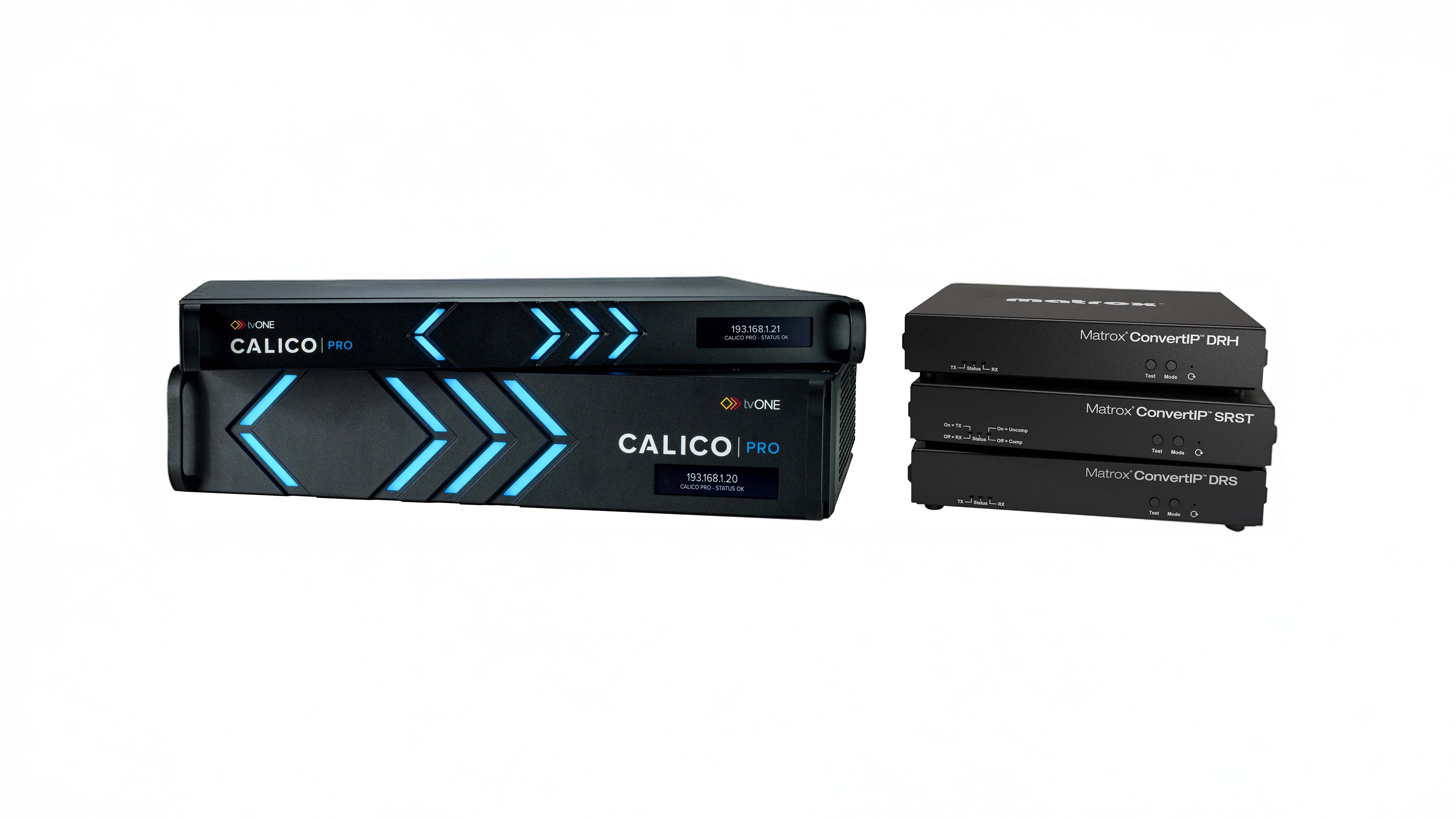Jünger Audio Introduces New ANA Cards
Dynamics processing specialist Jünger Audio has announced the launch of the ANA Series of input/processing cards. Designed to help terrestrial re-broadcasters tackle loudness and synchronisation issues, these new cards will start shipping within the next three months.
Re-broadcasters with traditional re-transmission requirements (for example cable TV service providers, hotels, airports, shopping centres etc) have long been plagued by widely varying source input levels and desynchronized signals. To resolve these issues they often have to make several manual corrections a day to achieve more acceptable loudness results for their viewers. And even when they do make these changes, the results are often far from perfect.
Jünger Audio’s ANA Series is specifically designed for analogue cable TV headends, where analogue incoming signals don’t match a uniform synchronisation and have widely varying levels. With ANA cards in place, all of the synchronisation and loudness issues that occur when re-broadcasting incoming signals before sending them to the modulators are easily and effectively corrected.
The Series consists of frames comprising either 8 or 16 Analogue/DSP input/processing cards. Each card combines an analogue interface with a DSP unit to automatically control the individual audio loudness processing for each pair of TV channels entering the card.
Each ANA card receives two stereo audio pairs and instantly processes them before re-transmission to the modulator. There is no need for synchronization and no change of the spectral range - just well controlled dynamics regardless the type or quality of the input.
Jünger Audio’s ANA Series comes in two different versions: ANA16, which allows 16 TV channels to be processed independently and simultaneously, and ANA32, which is designed to cope with 32 TV channels.
Once in place, users don’t need to worry about synchronizing their incoming sources before re-transmission, nor care about level issues, because Jünger Audio’s embedded LEVEL MAGIC algorithm will handle all of this automatically, performing automated loudness control of all digital audio signals.
The professional video industry's #1 source for news, trends and product and tech information. Sign up below.
The unit is easy to operate as users only have to input a small number of settings when they begin using the system. Once these are in place, the system achieves optimum results by reviewing all other parameters necessary for inaudible processing and automatically controlling them in response to changes in the programme signal.
The dynamic range processor principles developed by Jünger Audio are based on the Multi-Loop dynamic range control principle in combination with adaptive controlled processing algorithms.
The LEVEL MAGIC™ Processor responsible for this Automatic Non Destructive Normalization process works with a Multi loop simultaneous combination of slow changes (AGC like), fast changes (Transient Processing) and Look Ahead limiter management.
FEATURES:
• Composed of Combi Analogue/DSP cards: one card = two TV channels
• C8000 frame with redundant power supply
• All parameters need only be set once via an easy to use web interface
• Includes LEVEL MAGIC adaptive controlled audio loudness processing (simultaneous AGC + Transient Processor for fast changes + Limiter)
-ends-
